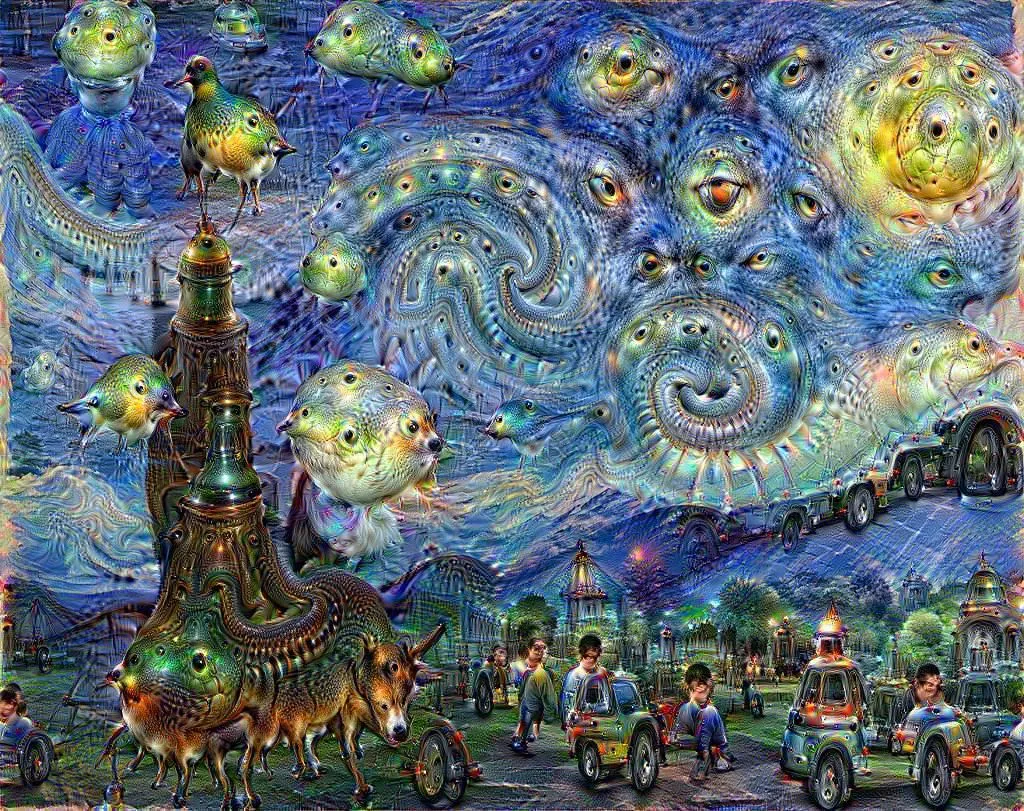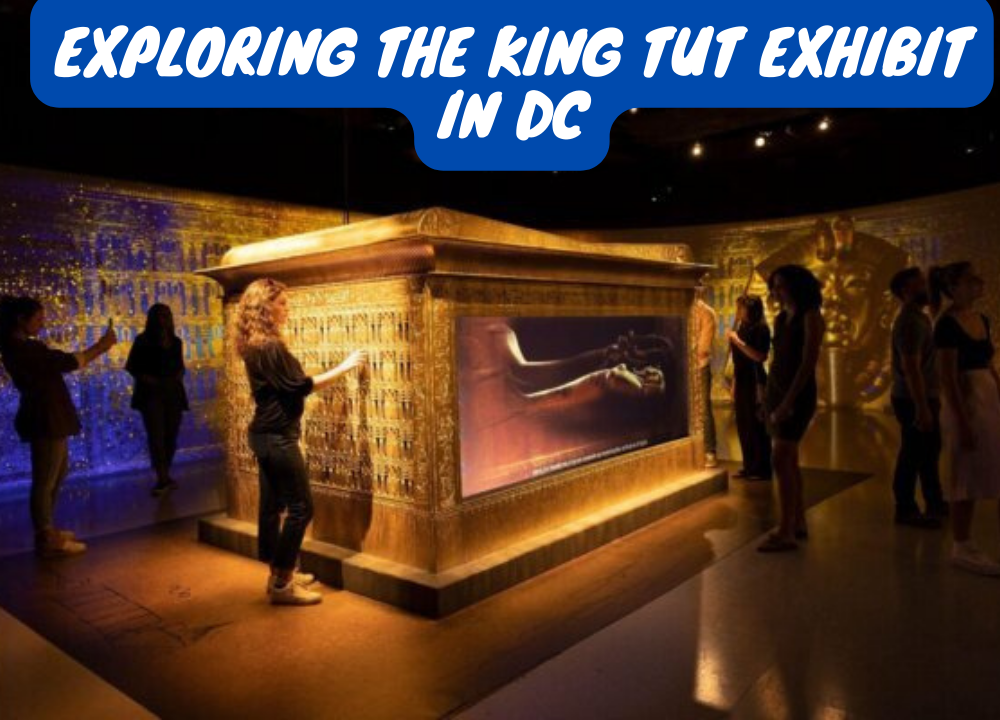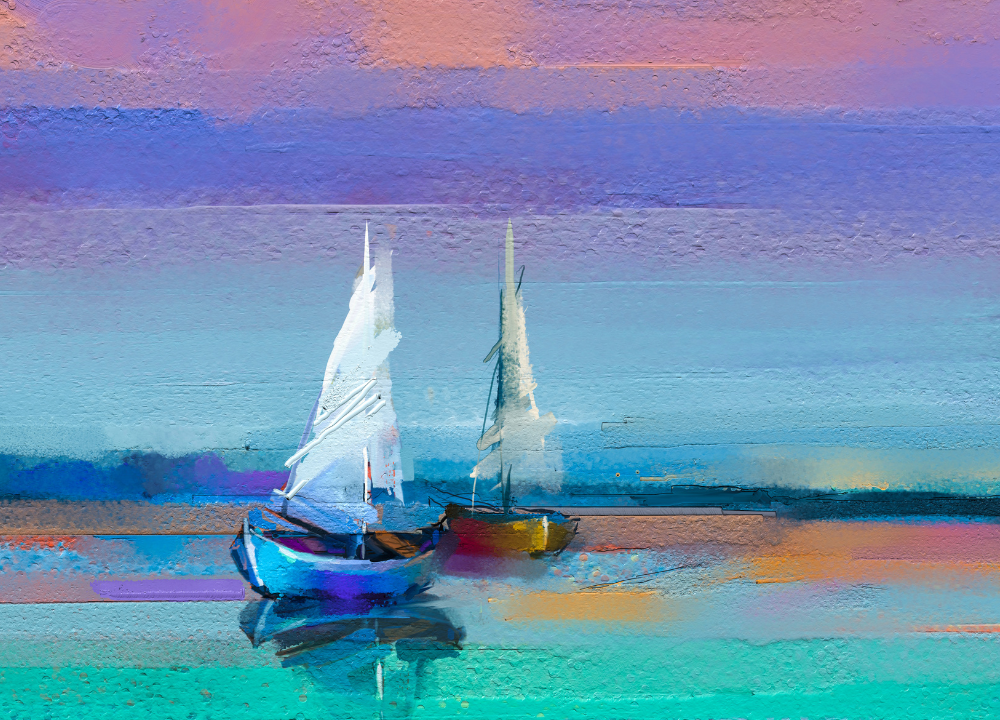AI art was an emerging field with tremendous potential for the future. It’s important to note that the landscape of AI and technology is constantly evolving, and predictions about the future are subject to change. The potential directions for the future of AI art can summarized as such:
Advancements in AI Algorithms: As AI algorithms continue to improve, we can expect more sophisticated and creative AI art generation. Better algorithms could lead to more realistic and expressive artworks that rival human-created pieces.
Human-AI Collaboration: The future of AI art may involve more collaboration between human artists and AI systems. Artists could use AI tools to enhance their creative process, experiment with new styles, and generate ideas, ultimately leading to innovative and unique artworks.
AI as an Artistic Medium: AI itself could become recognized as a new artistic medium, with artists deliberately using AI algorithms to create artworks that explore the relationship between machines and humans or challenge traditional artistic concepts.

Ethical and Copyright Concerns: As AI art gains popularity, there will likely be discussions around copyright and ownership. Questions might arise about whether AI-generated artworks should be attributed to the AI system, the human artist, or both.
AI in Art Curation and Recommendation: AI could play a role in art curation and recommendation, helping art enthusiasts discover new artists and artworks that align with their preferences.
AI Art in Commercial Spaces: AI-generated art might find its way into commercial spaces, including advertisements, digital displays, and interactive installations.
AI Art in Education and Therapy: AI art tools could be utilized in educational settings to teach art concepts and techniques, as well as in therapeutic settings to aid in art-based therapy.
AI-Driven Art Conservation: AI algorithms could be used for art restoration and preservation, helping to analyze and restore damaged or deteriorating artworks.
AI in Virtual and Augmented Reality: AI-generated art could be integrated into virtual and augmented reality experiences, enriching immersive environments and creating new artistic possibilities.
AI Art and Social Commentary: AI artists might be used to create art that reflects on societal issues, ethical dilemmas, and challenges related to the use and impact of artificial intelligence.
It’s important to acknowledge that along with these exciting prospects, there might also be challenges, such as AI bias, data privacy, and the ethical implications of using AI in creative processes. The future of AI art will largely depend on how society and the art community adapt to these advancements while maintaining a thoughtful and responsible approach.




